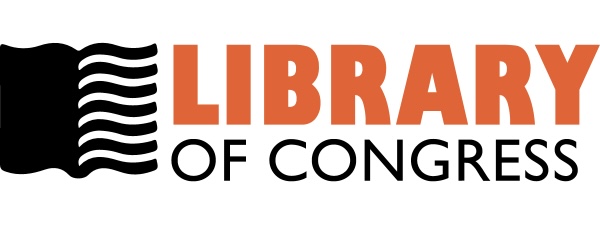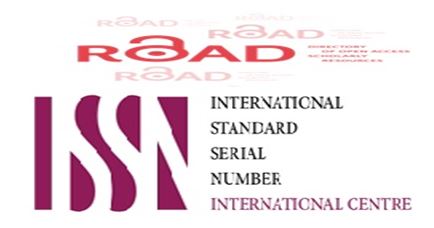The Monosynaptic H-reflex excitability in post-Stroke patients.
DOI:
https://doi.org/10.32007/jfacmedbagdad.562476Keywords:
The H-reflex, Stroke.Abstract
Backgrond: One of the major causes of impaired movements post-stroke is the abnormal phasing of paralytic muscles. Many studies suggested that inappropriate muscle phasing may be associated with enhanced transmission in the monosynaptic Group Ia afferent pathway in the affected limb of post-stroke patients and Group Ia reflexes are abnormally elevated and fail to decrease in amplitude during locomotion.
Objectives: This study was conducted to identify the changes in the Soleus muscle H-reflex excitability at rest in the affected lower limb of post-stroke patients as compared to the contra lateral side and of normal controls.
Patients and methods: The excitability of the monosynaptic Hoffman’s (H-reflex) pathway was tested in the affected side of 48 chronic stroke patients during rest and waking by calculation of the H-reflex wave amplitude and the ratio of maximal H /maximal M response amplitudes and compared to the contra lateral side as well as with that of 32 normal subjects of the matching age and sex. The H-reflex was evoked in the soleus muscle after stimulation of the tibial nerve at the popliteal fossa.
Results: The mean H-reflex wave amplitude (Ha) values are found to have statistical significant difference between the affected and non affected sides as well as between the affected side and the control group (P <0.05) while the mean maximum M-response amplitude (Ma) showed no statistical differences between all groups (P>0.05). However, the ratio of mean amplitude of the maximum H-wave to that of the maximum M-response (Ha/Ma) was significantly higher in the affected side as compared to the contra lateral and control group (P <0.05).
Conclusion: Our results showed that the Ha/Ma ratio does provide a helpful electrophysiological tool for the assessment of stroke patients by identifying motorneuron hyperexcitability, where in most cases of stroke there is a reflexologic characteristic differentiating them from normal, therefore, the Ha/Ma ratio is an interesting test that can be used to interpret recovery patterns and longitudinal effects of therapeutic interventions and follow up post-stroke.




















 Creative Commons Attribution 4.0 International license..
Creative Commons Attribution 4.0 International license..


